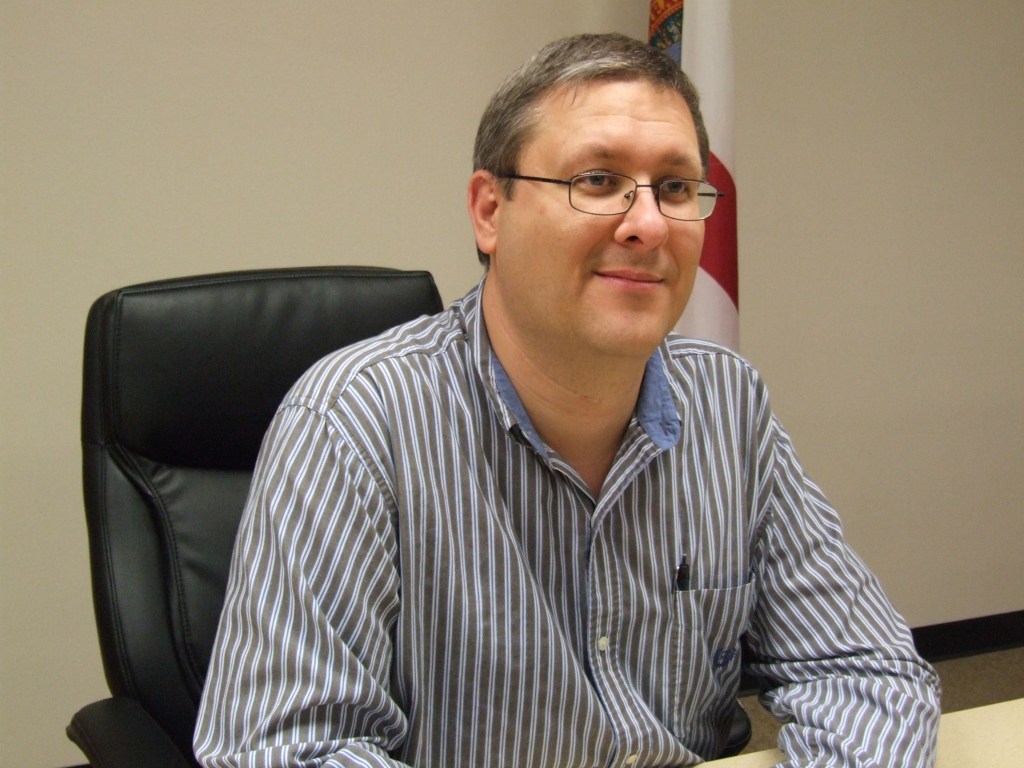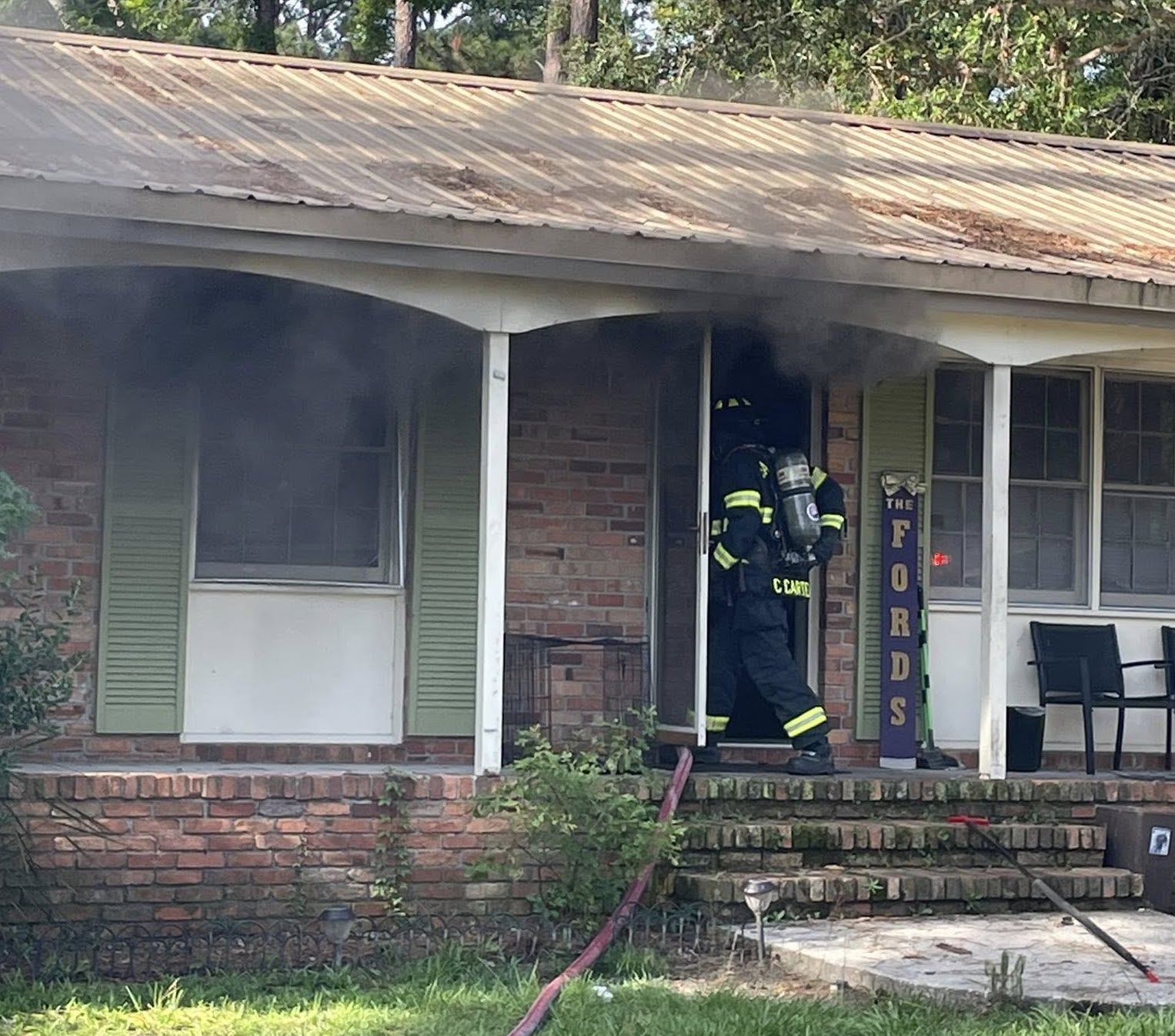Remembering Suwannee: Ross helps develop Jacksonville in 1820s
Published 11:00 am Monday, January 22, 2018

- Eric Musgrove
Florida’s history is full of interesting people. One such person is Francis James Ross, whose forgotten, but interesting and complicated life, we will review over the next few weeks. He was instrumental in developing at least two communities in Florida, including one in Suwannee County. Special thanks to Ross’ descendant Paige Van Antwerp for some of this information.
Francis James (F. J.) Ross was born in North Carolina in 1785, just two years after the end of the American Revolution. He moved to Florida about the time it became a territory of the United States in 1821 and he is first found in records near Cowford, owning a plantation along the St. Johns River. Cowford’s name came from the simple fact that it was the location of a ford at a narrow point on the St. Johns River where cows were moved from one side of the river to the other; its original Indian name was Wacca Pilatka. Some of the other early American settlers of the Cowford area included Isaiah D. Hart, his brother Daniel, Benjamin Chaires, John Bellamy, and John’s son Abraham (Abram), among others.
John Brady and Isaiah D. Hart, owners of much of the property in and around Cowford, appointed Ross, along with John Bellamy and Benjamin Chaires, as commissioners to lay out a new town. Abram Bellamy, Stephen Eubanks, and John W. Roberts were also apparently part of the process. On July 6, 1822, the men assembled together and laid out the new town, naming it Jacksonville in honor of the first governor of Florida, Andrew Jackson. Jacksonville quickly grew in size because of its Atlantic Ocean and St. Johns River access. The Ross and Hart families were later tied together in marriage when Francis’ son James married one of Hart’s nieces. Ross and Chaires soon donated property for use as a courthouse for Duval County, which was established in August of the same year out of a portion of St. Johns County (one of the two original counties in Florida). The Courthouse would finally be completed about 1827 and was burned by Federal troops in 1863 during the Civil War.
Ross purchased 800 acres in the present-day Brooklyn and Riverside areas of Jacksonville along McCoy’s Creek in 1823 for $2,000. At the time, the property was known as Dell’s Bluff, after its longtime owner Philip Dell. Ross would own the property for 10 years before selling it to Joseph B. Lancaster for $2,000, who would then sell nearly all of it back to Ross in 1844. Ross then deeded the property to his son William B. Ross in 1845. The property is now at the heart of the Jacksonville business district and worth millions.
As with many rich Americans during this period, the Ross plantation along the St. Johns River was staffed by slaves, where they worked the numerous crops produced. While managing his plantation, Ross was expanding his business and political interests. He was one of the contractors to build the first Federal highway in Florida, which ran between Pensacola and St. Augustine. The road generally followed older Spanish and Indian trails, and the eastern portion was more commonly called the Bellamy Road after its major contractor, John Bellamy. It is highly probable that while constructing a portion of the Bellamy Road (completed in 1826), Francis Ross came across the virgin land of modern-day Suwannee County. Among the numerous natural resources was a sulphur spring that many people of the day believed to have healing powers. His road construction might explain his later interest in Suwannee County.
More about Francis J. Ross next week.
Eric Musgrove can be reached at ericm@suwgov.org or 386-362-0564.





